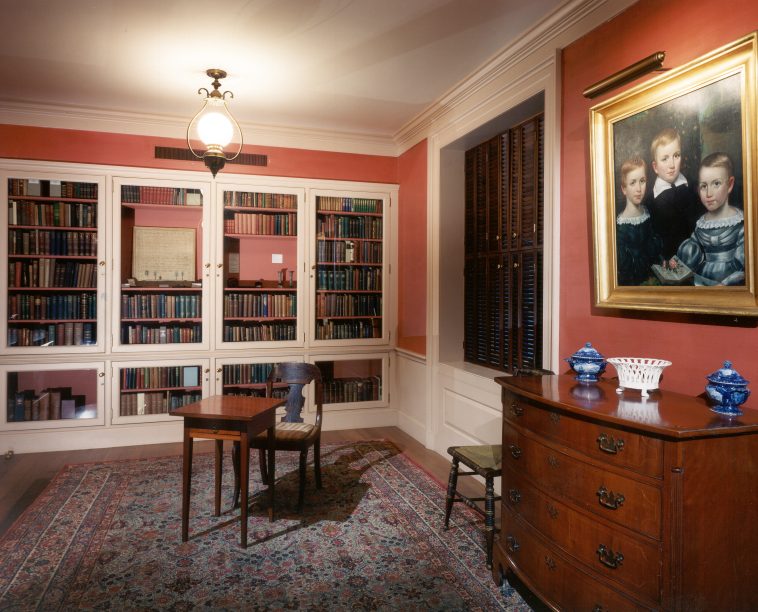I recently read Poetry Unbound: 50 Poems to Open Your World by Pádraig Ó. Tuama, the host of the podcast of the same name. Tuama introduces each poem, then offers his thoughts on both the art and craft of what the poem and the poet is attempting to do in that particular poem and why. He offers insights on each poem’s use a particular form as well as metaphor, rhythm and repetition, recognizable patterns, and poetic devices such as anaphora and alliteration. What also comes through in this volume is that all of us as reader of poetry will inevitably bring our own aesthetic preferences and biases to every reading of a poem. And that that is actually okay.
In spite of writing poetry myself, I still often feel like I truly don’t know how to read it, especially the work of many contemporary poets. Too often, it remains an enigma to me. I often wonder if is because the current aesthetic for work that is favored out there in the tiny, esoteric world of poetry readers and publishers is at odds what I like and want to do in my own creative work. I mean, next to no one got Ms. Emily Dickinson when she was scribbling her little ditties way back when in the middle of the 19th century, binding them up into teensy books she called fascicles.
My resolution for 2024 is to dive back into the many poetry volumes on my crowded bookshelves. To read one poetry book a week and record my impressions. If a book passes muster—or even just a handful of poems within its pages strike a chord— then maybe I’ll add it to the pile for further study. All this in an attempt to articulate what I like to read and learn from, what brings me joy. So here’s my first little ditty on a book I read yesterday:
Olena Kalytiak Davis: Shattered Sonnets, Love Cards, and Other Off and Back Handed Importunities. Bloomsbury USA/Tin House 2003
Took a look at this while cooking steel-cut oats on Sunday night. I could tell from the start that is was somehow paying homage to the work, obsessions, tics, and styles of other canonical poets—Emily Dickinson and Sylvia Plath were the two that jumped out to my untutored poetry-wise mind but then the sonnet shattering? So of course, Shakespeare had to figure in. So it seems to me, if you haven’t studied all that in, let’s say, college, or aren’t currently part of the academic esoteric clique that currently deconstructs texts just for the fun of it and tenure/resume building, then why would these poems make any sense to you? Because I don’t get it (which then leads me to feeling that I’m somehow dumb), I then step back and ask myself why do I want to be in a place of feeling like that? I felt like this book is one of those that helps give contemporary poetry a bad rap in the “real world” and that maybe it should come with some instructions on how to read it for those of us too unschooled or lazy or dumb or uninterested to get it the first read through. Furthermore, why would I even waste my time reading it again?
What I got, somewhat enjoyed: The word play, the morphing of one syllable, sound fragment, homophone, word, phrase, cliché into another. Because I do/have done this in my own work.
What I didn’t get: The why of this book. What is Davis talking about? Why in my precious hours left on this earth do I want/need to read this book? What ongoing joy will it give me? Why should I work so hard to puzzle out her cleverness, or unravel her games? What conversation is this book adding to? What beauty or wisdom in the world?
The public domain photograph above is of the Dickinson Room at the Houghton Library at Harvard University. This room includes furniture owned by the Dickinson family, including the writing table and chair used by Emily Dickinson.
- RIP to Alice Munro, the GOAT of the Short Story - May 14, 2024
- Publication News: Scintilla - May 13, 2024
- Writing in Form: The Prose Poem - May 7, 2024

